How far does power travel and what impact does distance have on performance
It’s easy to take our electricity supply for granted. We flick a switch and instantly have light or power. We don’t even think about it unless there’s an issue or an outage. But when there is an issue or outage, the impact can be significant.
For manufacturers, even the smallest change in power can make a big difference to operations. An isolated power issue may not cause too much irreparable damage, but long-term exposure will take its toll.
Frequent power fluctuations can damage sensitive electrical components, cause data loss and corruption, result in equipment malfunctions, interfere with calibration and precision, lead to production delays, and even cause a safety hazard.
Considering how important power is, it makes sense for manufacturers to understand how power travels from source to site, what happens when it arrives, and how to ensure it is optimised.
How does power travel?
The electrical power transmission network for the UK (the National Grid) is made up of a network of power stations and major substations. The electricity generated in one place on the grid can be used to satisfy demand anywhere else on the grid.
Soon after leaving a power station, the electricity is fed through a transformer which increases (steps up) the voltage. Transmitting electricity at a high voltage reduces the amount of heat loss, so transporting it at a high voltage is more efficient.
The electricity is then transmitted to various substations via high-voltage transmission power lines (over-ground or underground). At these substations, transformers are used to decrease the voltage (step down). The power is then delivered at a suitable and safe voltage for nearby end users (homes and businesses) via local distribution lines.

Does the distance travelled impact power performance?
Even the most efficient conductors of electricity provide some level of resistance. Over a long distance, this resistance becomes more considerable.
This is why the grid increases the voltage before transmission. Increasing the voltage minimises the energy lost through heat. However, this doesn’t completely eliminate the resistance.
Fortunately, the voltage needed for homes and businesses is much lower than the voltage used to transmit the electricity. And the UK grid is pretty reliable – full-scale power outages are few and far between.
However, it’s not just distance that can affect power. If a power line is compromised, it will affect the power delivery. Equally, faults at a substation or on distribution lines can impact the quality of power being delivered.
What can manufacturers do to stabilise power?
While there isn’t much you can do to control the power being distributed by the grid, there are some measures you can take to optimise and stabilise the power once it reaches you.
Voltage Optimisation

Electricity suppliers in the UK are allowed to provide electricity to commercial properties at 230v, with an allowed -5/+10% tolerance. This means the voltage input into a business is often much higher than required.
Electrical equipment is designed to run at the most efficient levels, but poor control over the incoming voltage (and tolerances) reduces efficiency. Voltage optimisation manages the voltage coming in and ensures the correct voltage is used and distributed to maximise efficiencies.
Power Factor Correction (PFC)
Power Factor Correction (PFC) is the process of improving power factor and, therefore, power quality. PFC reduces the load on the electrical distribution system and increases energy efficiency, decreasing the risk of instability and equipment failure.
The most common way to achieve PFC is through the addition of capacitors in parallel to the load. Static PFC can be applied at each individual motor, at the distribution board, or at the origin of an installation.
Surge protection devices
Surge protection devices, such as surge suppressors, can help mitigate the risks associated with power surges. These devices should be installed at critical points in the electrical distribution system, including main panels, subpanels, and on specific equipment.
Uninterruptible power supply (UPS) systems
UPS systems provide backup power during voltage fluctuations, power outages, and surges. They safeguard against immediate disruptions and give you time to shut down equipment or switch to alternative power sources safely. UPS systems can help prevent equipment damage and data loss.
 Battery Energy Storage Systems (BESS)
Battery Energy Storage Systems (BESS)
Battery Energy Storage Systems are a great way to harvest green energy and off-peak energy to create your company’s own micro-grid. This puts you in control of your power supply, protecting against escalating energy prices and supply interruptions.
Generating your own power
Generating your own power through solar or wind will reduce your dependency on the grid. Plus, there are several other benefits to creating your own energy, not least lowering the cost of your electricity bills by a significant amount. You aren’t subject to price increases or fluctuations, and if you generate excess electricity, it’s possible to sell it to nearby consumers or suppliers.
Optimise your power with AES
At AES, we specialise in providing electrical services to manufacturers with a focus on energy reduction.
Our team has extensive experience implementing voltage optimisation systems, power factor correction, and energy storage systems in manufacturing environments throughout the UK.
We begin by conducting a site assessment to see how your plant operates before providing our recommendations and a cost-benefit analysis.
If you choose to proceed, we’ll install a system quickly and efficiently, working around your schedule to ensure minimum disruption. We also provide ongoing maintenance to give you complete peace of mind your system is operating effectively, helping to cut your energy consumption and costs.
If you’d like to find out more about how AES can keep your equipment operational and your teams safe, get in touch.
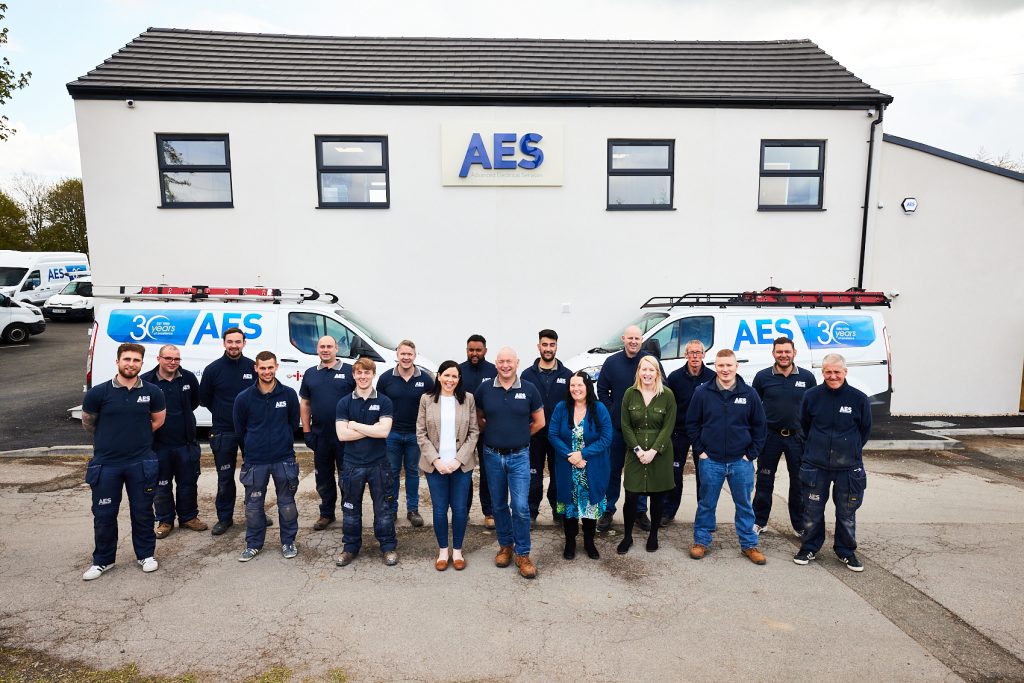
Lee’s Soapbox – Celebrating our 35th anniversary
This year is the 35th year of trading for Advanced Electrical, having been formed in 1986 by Graham Spooner. From humble beginnings we’ve steadily grown both in number of employees and where we work geographically: over the last few years we’ve worked as far away as Switzerland, Holland and France. Our skills and services have […]
Read more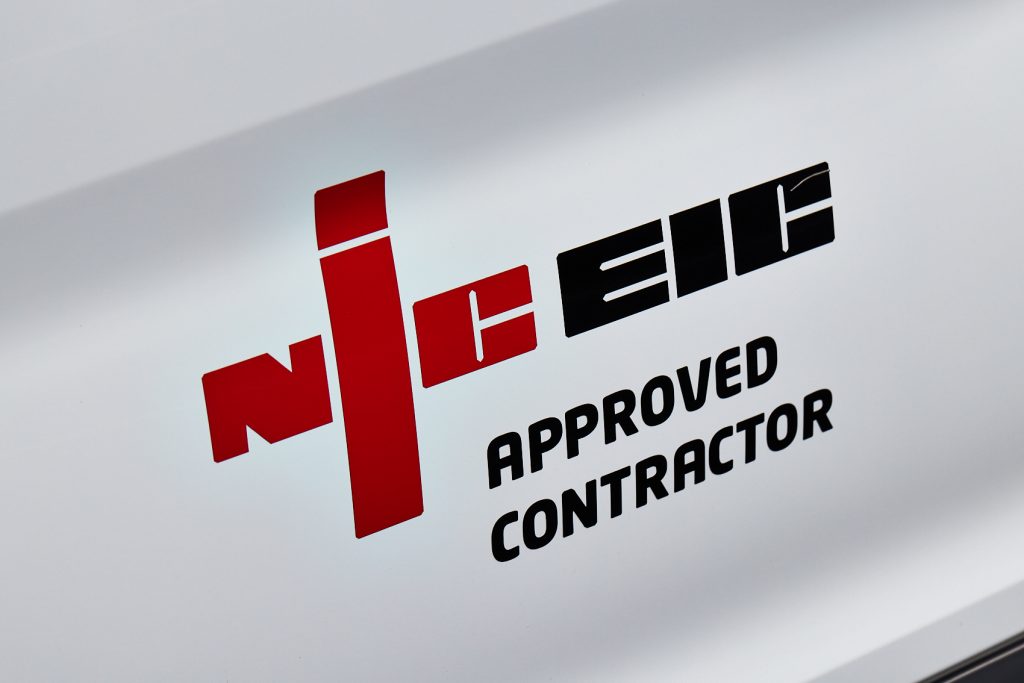
Jargon Buster – NICEIC Approved Contractor
Here at AES, we like to ensure that everything we do is to the highest standards. Even though there is no obligation for an electrical company to become NICEIC approved, we choose to go through the detailed assessment process as we believe this is the best approach for us and for our customers. SO […]
Read more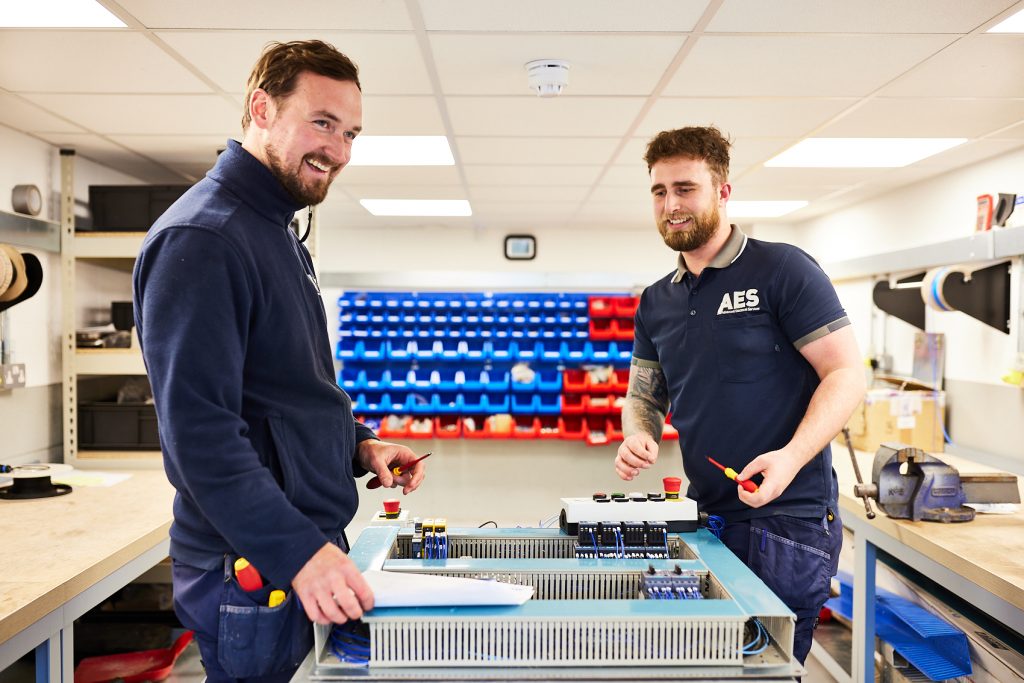
Taking matters into our own hands
Lee Johnson, Managing Director of Advanced Electrical Services explains…
Read more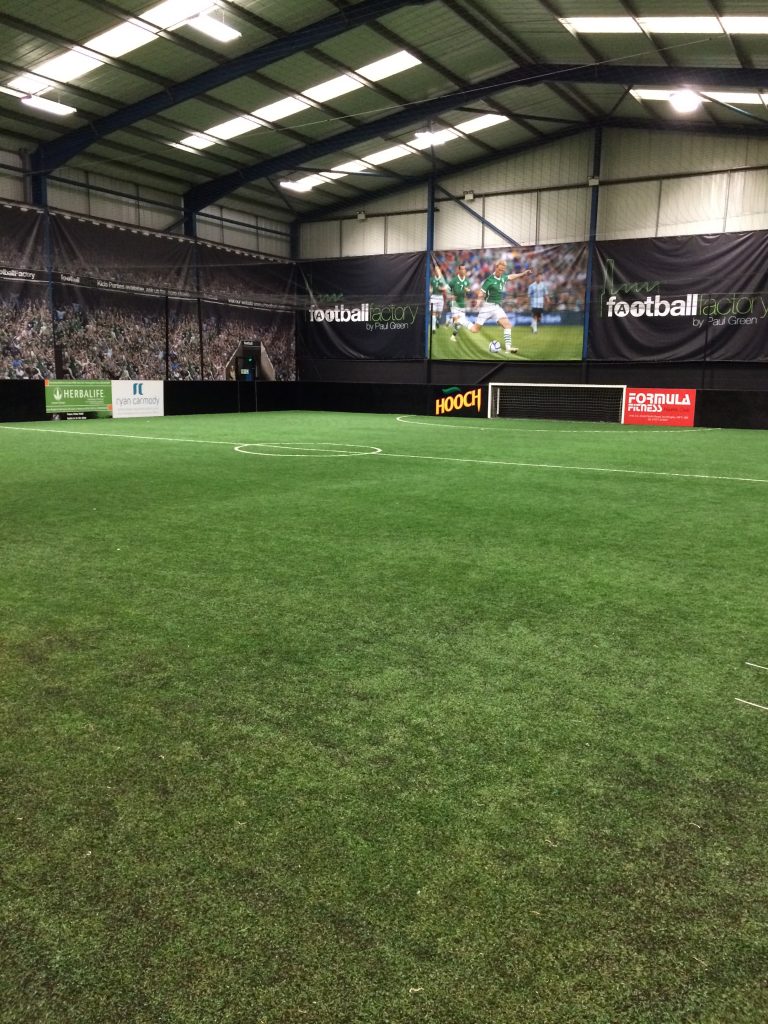
Project News – Low energy lighting installation at A1 Football Factory
Co-owned and operated by Pontefract’s born and bred Ipswich Town and the Republic of Ireland’s very own Paul Green, the Football Factory brings the next generation of premium 3G football pitches to the area. With a 52,000 sq ft facility, currently hosting four state-of- the-art pitches, the Football Factory will be unrivalled in the quality […]
Read more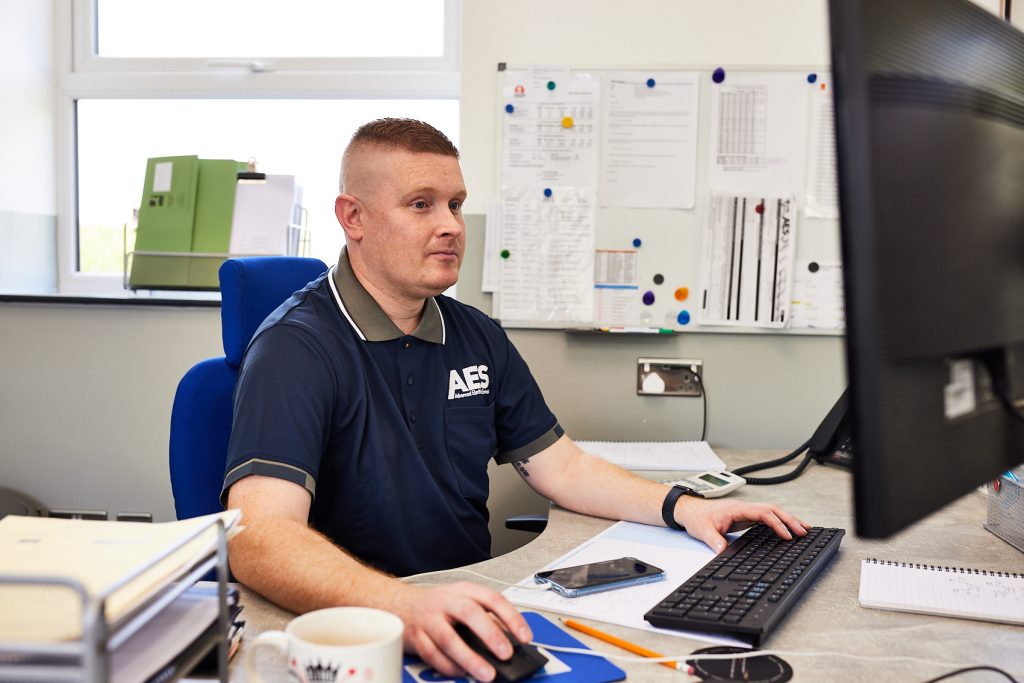
New factory design and installation for HSL
As the UK’s leading manufacturer of back-care chairs, recliners and adjustable beds, HSL’s focus is on making life easier for others. So when the company approached AES to design the electrical installation for its new factory, the team put in every effort to make life easier for HSL. An important part of the design element […]
Read more

